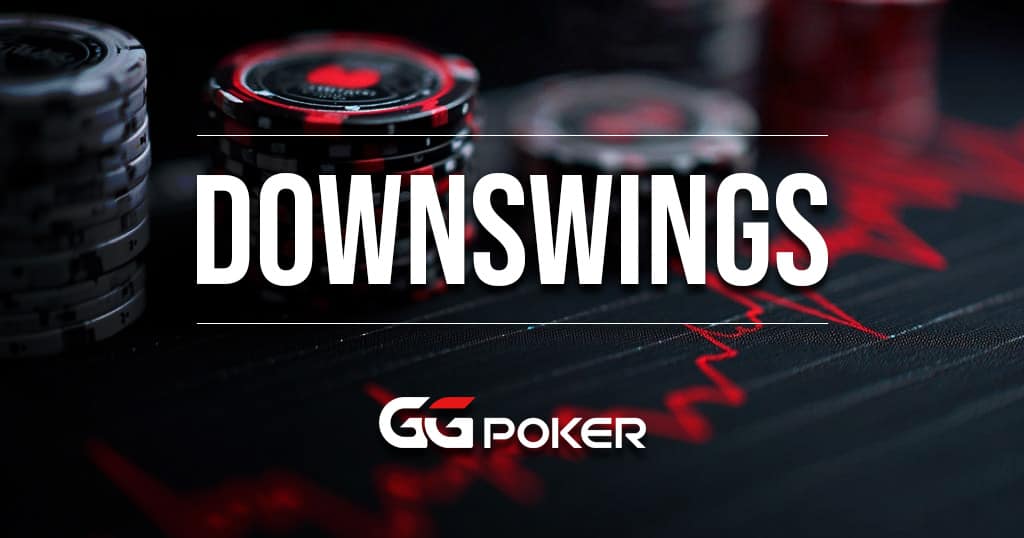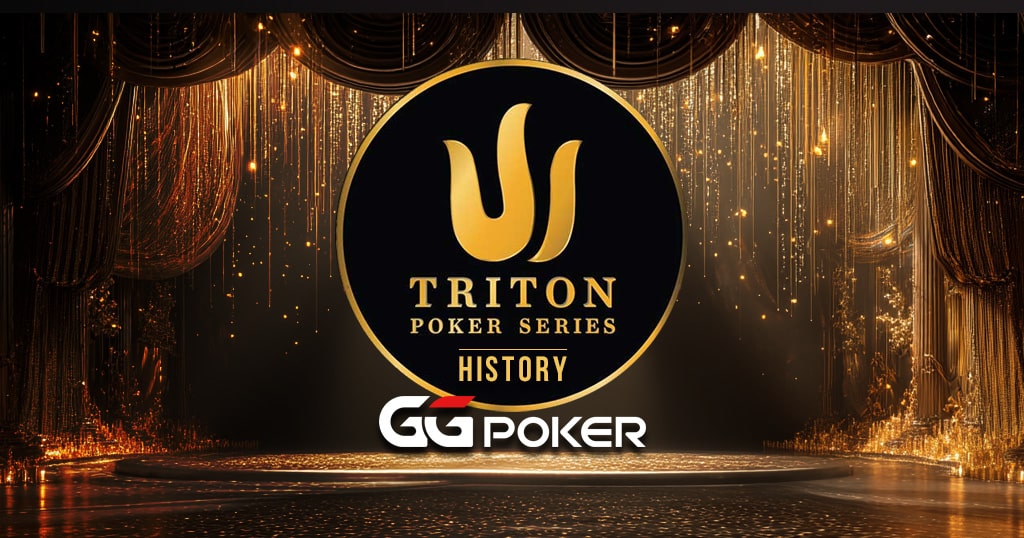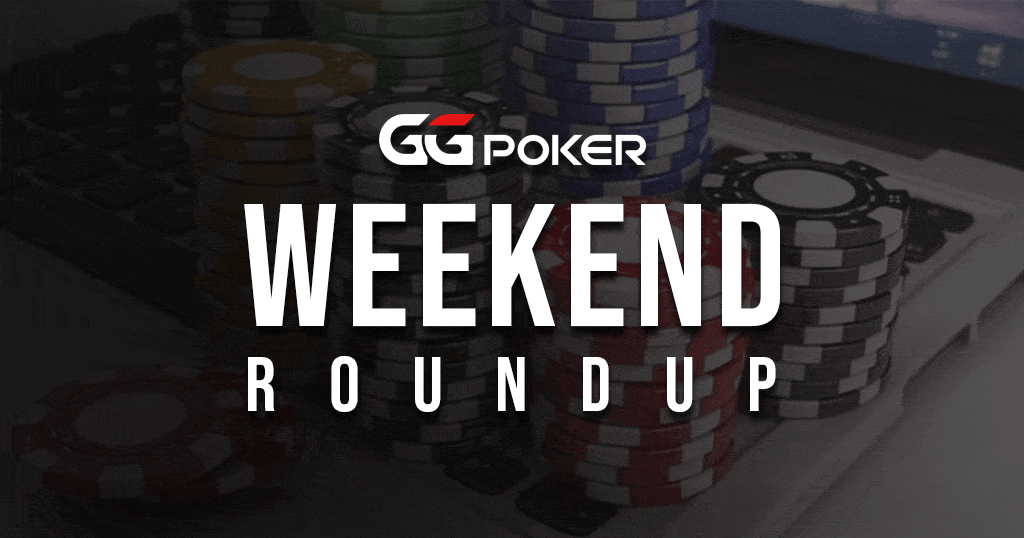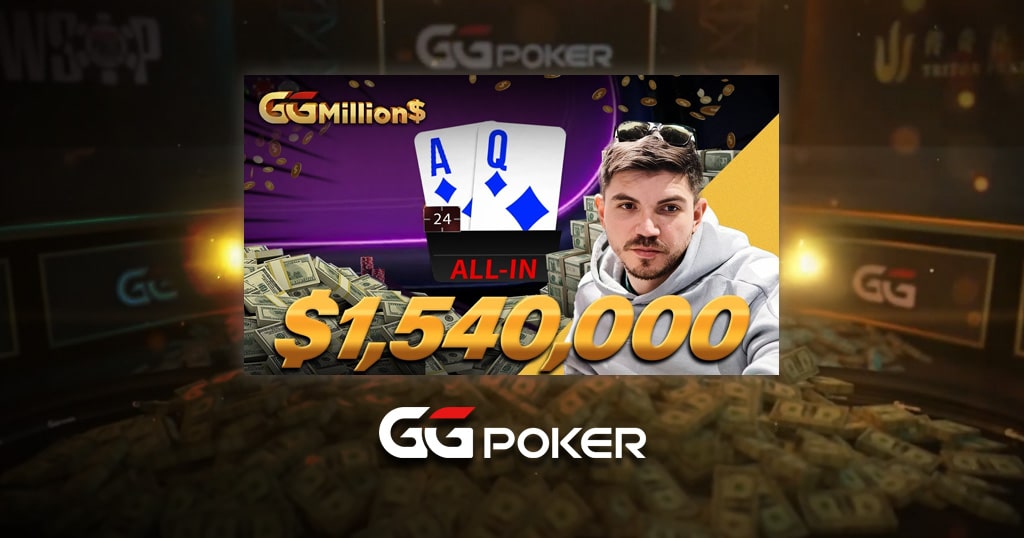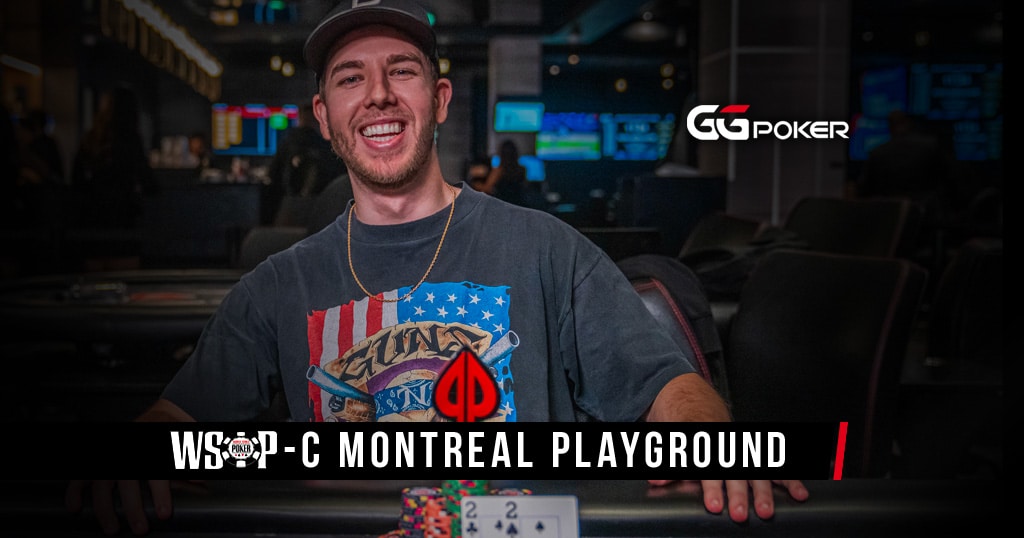The Importance of Aggression in Poker
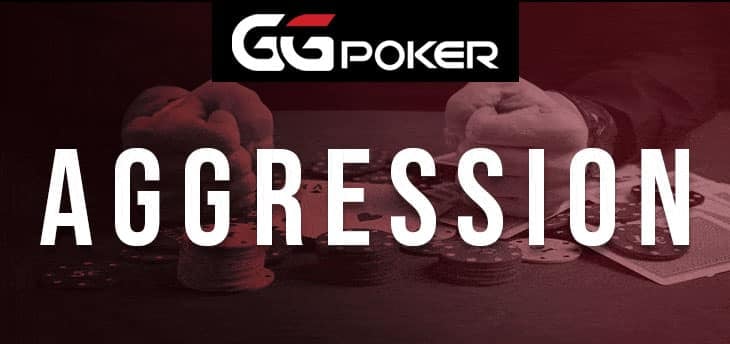
You know, there’s a reason they say poker is not a game for the faint-hearted. Ever heard of “Fortune favors the brave”? Well, let’s twist it a bit for our purpose: “Fortune favors the aggressive poker player.” In a poker game, especially Texas Hold’em, aggression is a key strategy. Wait, wait! Before you start thinking that I’m advising you to start yelling and flipping tables, let me explain what I mean.
Understanding Aggression in Poker
Aggression is the secret ingredient that can turn a good poker player into a great one. In the world of poker, aggression means betting and raising to put pressure on your opponents and build the pot. Think of it as the poker equivalent of a chess grandmaster making bold moves to control the board. Aggressive players are the ones who keep their opponents on their toes, making it tough for them to make decisions. By understanding and mastering aggression, you can develop a rock-solid strategy and elevate your gameplay to new heights.
The Gentle Art of Aggression in Poker Games
Aggression in poker isn’t about raising your voice or even your blood pressure—it’s about raising the stakes. See what I did there? A bit of wordplay, if I do say so myself. So, why is being aggressive important in most poker games?
- It puts opponents on the back foot. Ever seen a deer caught in headlights? That’s your opponent when you’re aggressive.
- You win more pots uncontested. Because sometimes, no one wants to mess with that aggressive player.
- You can mask the strength of your actual hand. Keep ’em guessing, my friends!
You might be wondering, “But isn’t poker about bluffing?” Sure it is! But who says aggression can’t be a part of a well-executed bluff?

The Role of Position in Aggression
Position, my friends, is everything in poker. It’s like having the best seat in the house. When you’re in a late position, you get to see how everyone else reacts to the community cards before you make your move. This gives you a treasure trove of information to base your decisions on. Players in later positions can afford to be more aggressive because they have a clearer picture of their opponents’ hands. On the flip side, if you’re in an early position, it’s like walking into a dark room—you have less information and need to tread carefully. So, remember, your position at the table should dictate your level of aggression.
Aggression in Different Betting Rounds
Aggression isn’t a one-size-fits-all approach; it needs to be tailored to each betting round. In the pre-flop round, being aggressive helps you narrow the field and build the pot. It’s like setting the stage for the drama to unfold. During the flop round, aggression is your tool to protect your hand and keep building that pot. As you move to the turn and river rounds, your aggression should aim to maximize your winnings and minimize your losses. Each round of betting has its own rhythm, and understanding how to apply aggression at each stage is key to mastering the game.
Online Poker Aggression
Playing poker online adds a whole new dimension to aggression. Unlike live poker, where you can read your opponents’ body language, online poker requires you to rely on other cues. Players have more time to think and react to the community cards, and many use software tools to analyze their opponents’ play. This means you need to be smart about your aggression. Over-aggression can lead to losing pots and damaging your reputation. So, while it’s important to be aggressive, make sure you’re also being strategic and not just throwing chips around willy-nilly.
How to Hone Your Aggressive Streak in a Betting Round
Alright, ready to channel your inner lion? Let’s get into the thick of it.
When playing Texas Hold’em, betting begins after the initial two cards are dealt to each player and continues through subsequent rounds as community cards are revealed. This is when players can fold, call, or raise based on their hands and the community cards on the table.
- Start with PositionAlways know where you stand. Literally! Being in a late position at the poker table gives you the advantage of seeing everyone else’s move before you make yours. It’s like having a sneak peek into the future, minus the crystal ball.
- Pick the Right BattlesAggression doesn’t mean you go all out, all the time. It’s like picking the juiciest piece of steak from a buffet. Why waste your appetite on the bread rolls?
- Read the TableOh, this is my favorite part. Observing others can be so entertaining! But more than the fun, it’s a goldmine of information. That twitch in Mr. Sunglasses’ eye? Could mean he’s bluffing. The way Ms. Red-dress taps her chips? It might indicate she’s about to fold. Play detective, and then strike!
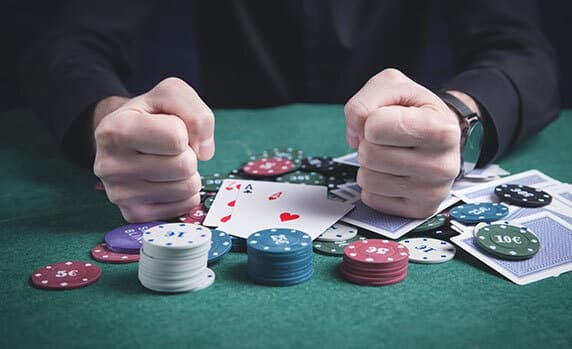
Adapting Aggression to Different Opponents
Not all opponents are created equal, and your aggression should reflect that. Against tight opponents, use aggression to build the pot and maximize your winnings. They’re likely to fold under pressure, so keep the heat on. When facing loose opponents, your aggression should aim to narrow the field and minimize your losses. They’re more likely to call, so be selective with your aggressive moves. And when you’re up against aggressive opponents, use their own strategy against them. Counter their aggression to protect your hand and keep them in check. Adapting your aggression to different opponents is like having a Swiss Army knife in your poker toolkit—versatile and essential.
Mastering aggression in poker is a game-changer. By understanding the nuances of aggression, the role of position, how to apply it in different betting rounds, the unique challenges of online poker, and how to adapt to different opponents, you can develop a formidable strategy. So, go ahead, embrace your inner lion, and let your aggression lead you to victory at the poker table!
When Aggression Backfires in the Final Betting Round
Now, you remember that steak analogy, right? Well, sometimes, even the juiciest-looking steak can be tough to chew. There will be times when aggression doesn’t work in your favor. The key? Know when to switch gears. You’ll wear out your engine if you’re always driving in the fifth gear. And nobody wants that, right?
When deciding on aggressive actions, it’s crucial to consider the previous bet. Matching or raising the amount placed by the last player is a fundamental part of the game’s betting structure.
Being a tad too aggressive can sometimes be perceived as being reckless. Balance is the name of the game. It’s like writing a thriller novel; you can’t have a climax in every chapter, now can you?
Aggression vs. Recklessness: Knowing the Difference
Aggression in poker is a calculated move; recklessness is just… well, reckless. So, how do you differentiate?
- Recklessness is playing every hand. Aggression is playing the hands that count.
- Recklessness is not reading your opponents. Aggression is making a move after interpreting their tells.
- Recklessness is betting high without a strategy. Aggression is making those big bets at the perfect moment.
Having cards of the same suit can significantly enhance your aggressive play, as suited connectors and potential flushes can create high-value hands.
“But how do I know when that perfect moment is?” Practice, my friend. And a sprinkle of intuition, a dash of observation, and a whole lot of patience!
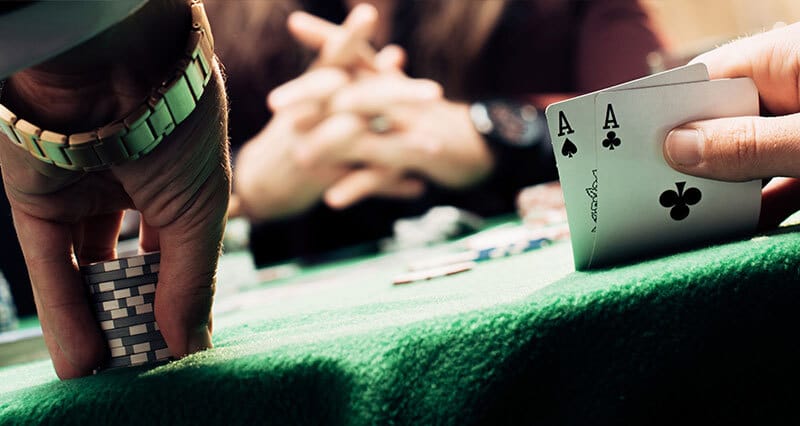
Some Food for Thought: Famous Aggressive Plays in Texas Holdem Poker
Remember when Chris Moneymaker made that audacious bluff against Sammy Farha in the 2003 WSOP? Moneymaker, an unknown name then, went on to win the title! Or how about the legendary Doyle Brunson, who’s no stranger to aggressive plays? Remember, kids, legends aren’t just born; they’re made… with a bit of aggression, of course!
Let’s shine the spotlight on Phil Ivey and his fearless table manners. A master of both skill and timing, Ivey’s 2009 battle during the WSOP is one for the history books. Holding a measly Ace and Two, Ivey didn’t flinch; he raised big, bluffing his way through a table of strong hands to scoop a pot that left the audience in awe. His audacity underscored a clear message: even modest hands can become gold mines with the right mix of aggression and strategy.
A straight flush, made up of five consecutive cards of the same suit, is one of the most powerful hands in Texas Hold’em. Its strength in aggressive play is unmatched, often leading to a high chance of winning during a showdown.
Switching gears, consider Vanessa Selbst, one of the most aggressive female poker players who ever graced the felt. Her fearless style was best exemplified during the 2010 Partouche Poker Tour Main Event. In a head-to-head battle with the crowd holding their breath, Selbst went all-in with just a pair of tens. Her opponent folded a stronger hand, a move that underscored Selbst’s reputation for relentless pressure, proving that aggression can indeed tilt the scales in one’s favor.
These examples are more than thrilling tales; they are lessons in the fine art of poker aggression, demonstrating how bold plays and a well-timed bluff can turn the tables in dramatic fashion. Remember, it’s not just the cards you’re dealt, but how you play them that makes legends.

In Conclusion: Walk the Aggressive Talk!
Alright, to wrap it up, here’s the takeaway: Poker is as much about playing the cards as it is about playing the people. And aggression, when used smartly, can be one of the most potent tools in your poker arsenal.
Try practicing aggression in free poker games, such as Texas Hold’em and Omaha, to familiarize yourself with game mechanics and strategies without financial risk.
Now, go on, practice that poker face, sharpen those aggressive moves, and next time, make sure the pot’s yours!
